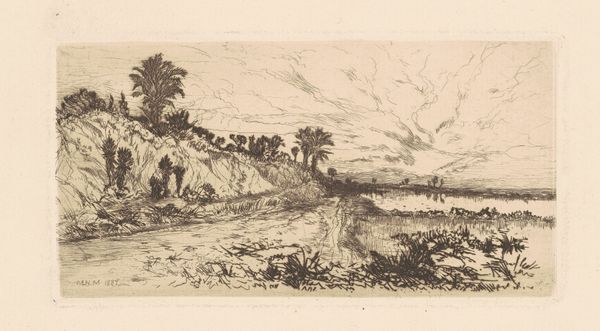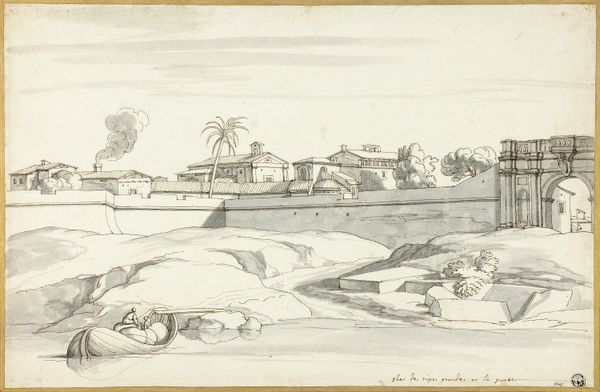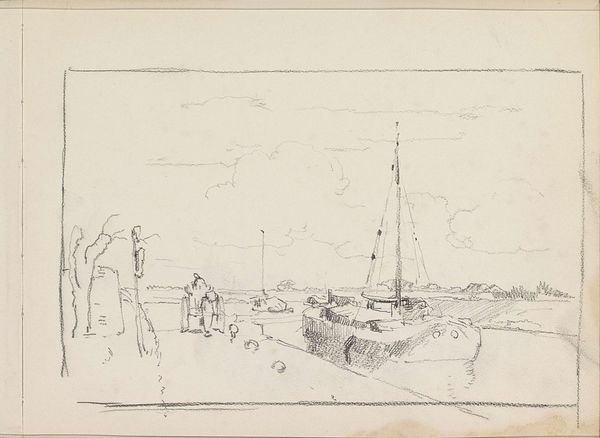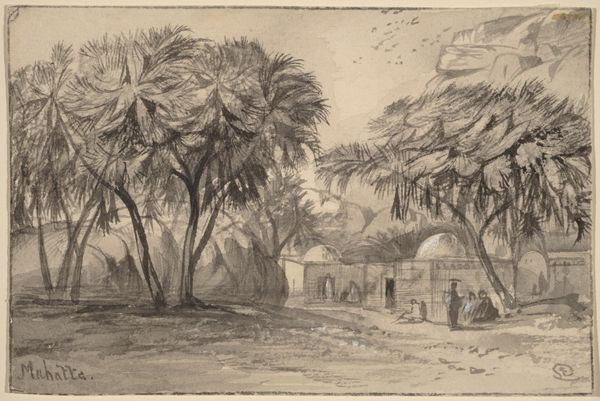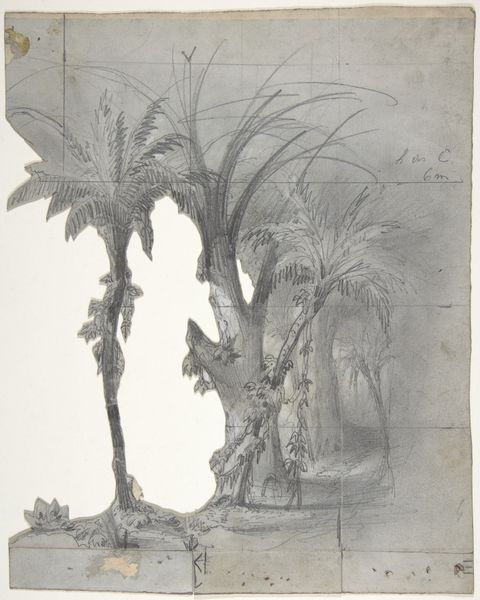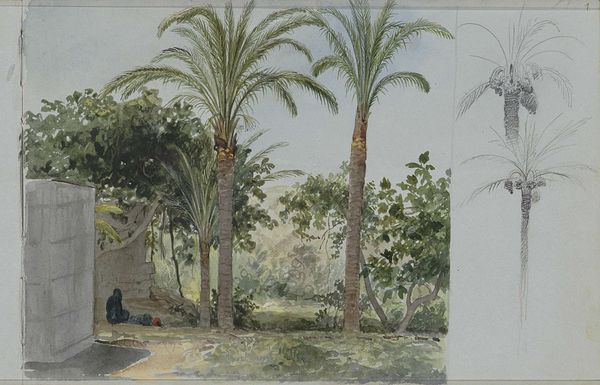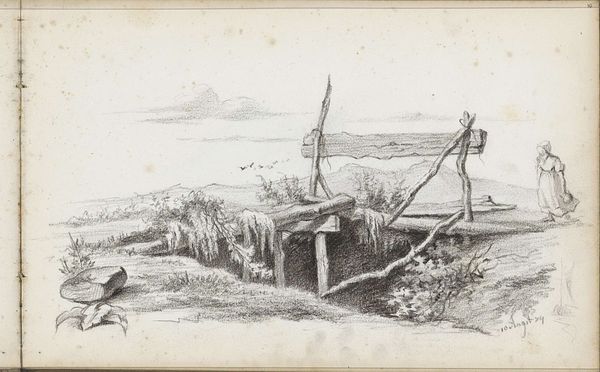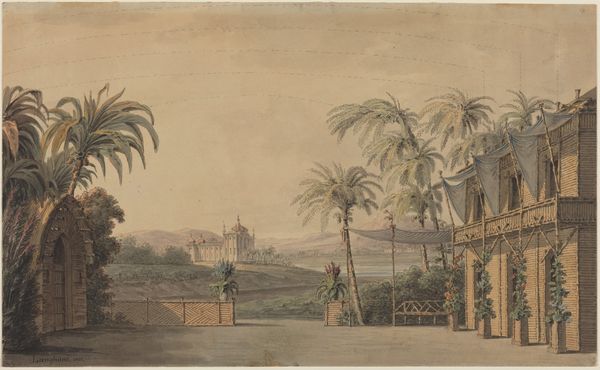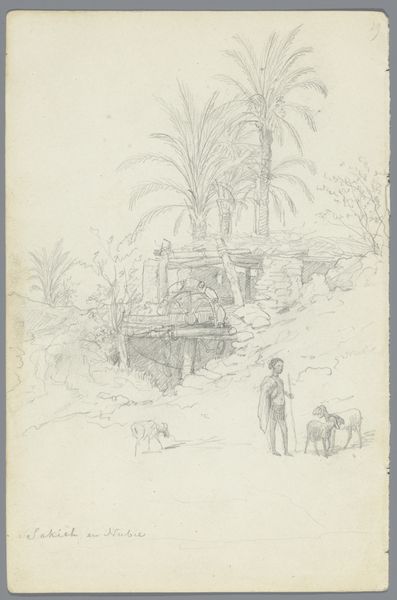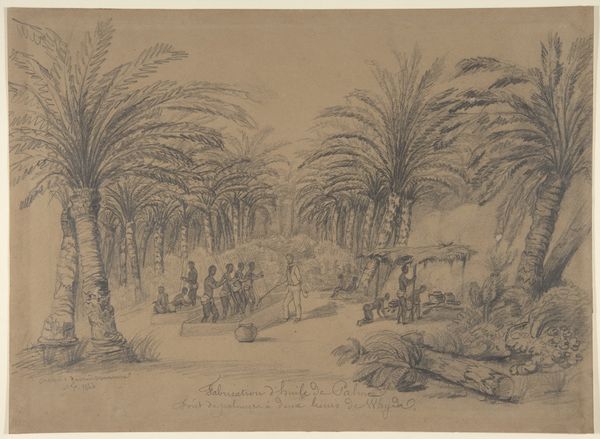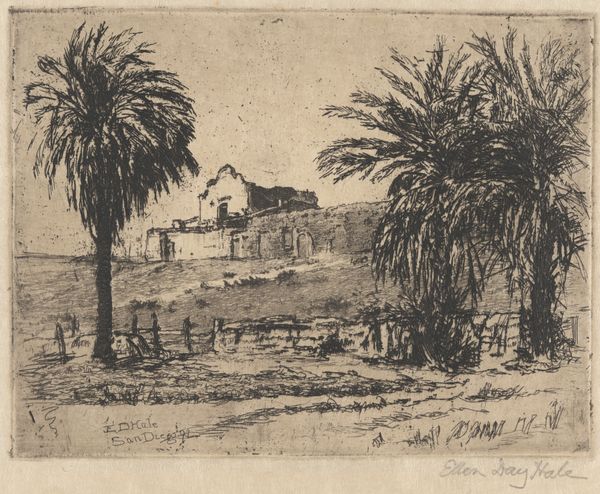
drawing, pencil
#
drawing
#
pencil sketch
#
landscape
#
pencil
#
orientalism
#
realism
Copyright: Rijks Museum: Open Domain
Willem de Famars Testas made this pencil drawing of the bank of the Nile at Bani Hasan. We can understand it as a product of 19th-century Orientalism, a fascination with the Middle East and North Africa that was part of European colonialism. Notice how Testas's emphasis is on the landscape and the traditional boats, rather than on the people. The artist focuses on what Europeans considered 'picturesque' elements, reinforcing a sense of Egypt as an exotic and timeless place, ready for European intervention and control. This perspective was common among European artists who traveled to the region at the time. The sketch suggests an encounter with another culture, mediated through colonial power dynamics and aesthetic preferences. By examining travel accounts, colonial records, and the history of art institutions, we can better understand how images like this were used to shape European perceptions of the Middle East and North Africa. This approach helps reveal the politics of imagery and the social conditions that influence artistic production.
Comments
No comments
Be the first to comment and join the conversation on the ultimate creative platform.

